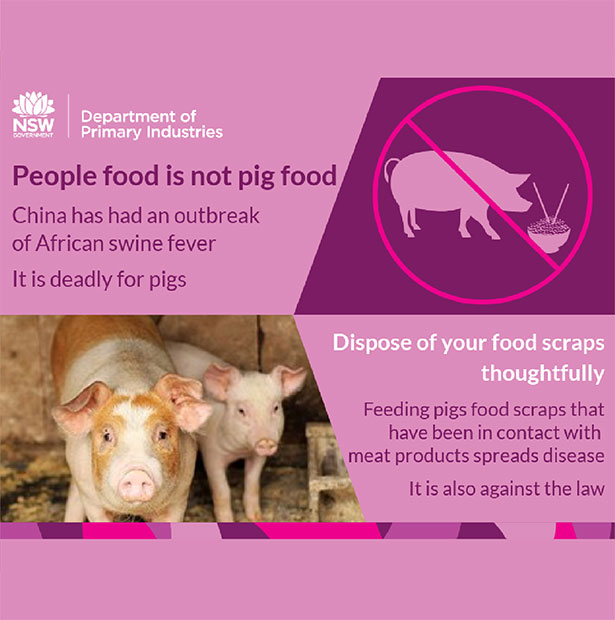
Pork
livestock
Pork
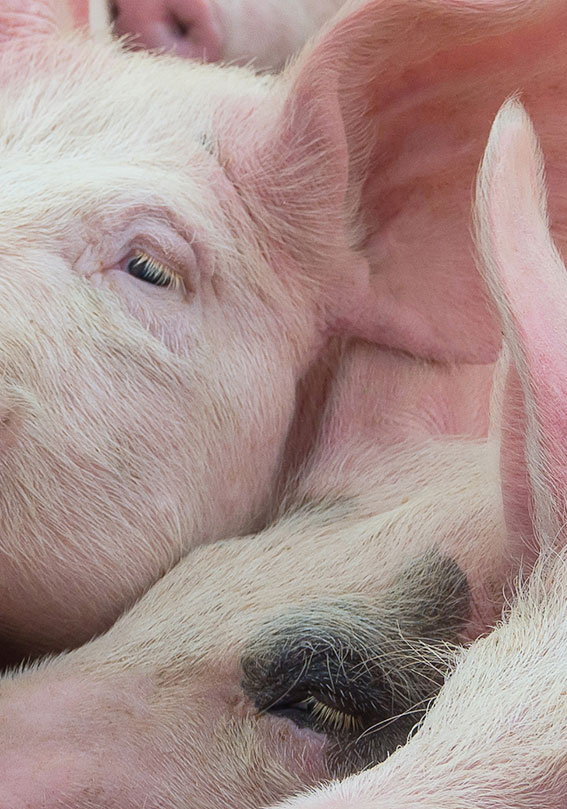
-
Output $194m est. Down 3% yoy
-
Industry struggling with high feed prices
-
African swine fever outbreaks affecting international markets
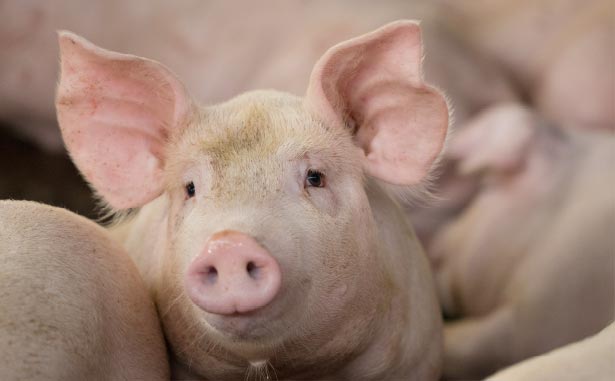
Pork producers have been hit with rising feed costs and continued falling production. Despite the removal of tariffs under the China/Australia Free Trade Agreement (ChAFTA) and global supply shortages associated with African swine fever outbreaks, domestic producers will struggle to take advantage of international opportunities.
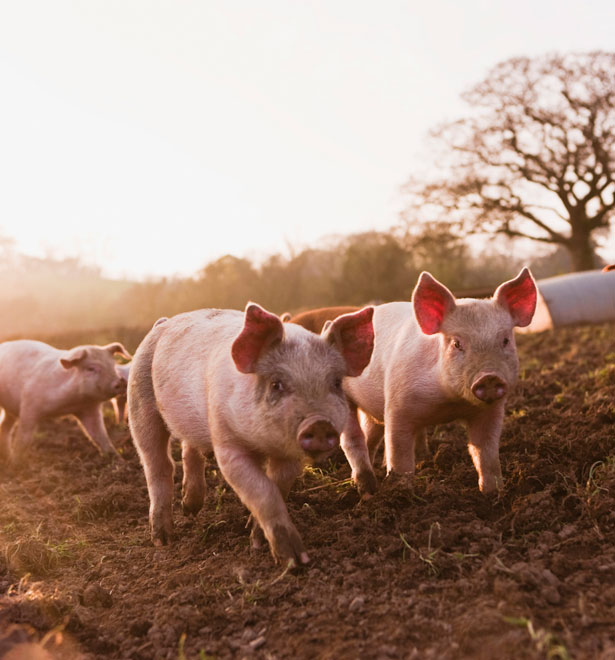
Production
The oversupply crisis experienced over the last few years appears to be slowly abating. Pig meat production declined to 63,621 tonnes31 down 5% from the five-year production peak in 2017–18. This decline in production can be attributed to a number of factors including a decreased slaughter rate, decreases in average carcase weights, a fall in the number of breeding sows, and an increase in the number of businesses exiting the industry.
Slaughter rates decreased to 861,000 pigs, down 5% year-on-year, influenced by low pig prices and rising feed costs31. This decrease was most apparent in the porkers class (30–54 kilograms dressed weight) with a 25% fall year-on-year31. There was however, a 9% year-on-year increase in the number of sows slaughtered. This, combined with a 10% decline in the closing sow numbers for 2017–1818, indicates a significant reduction to the breeding herd.
The number of pig farming businesses decreased 47% year-on-year18. Despite the decrease in the number of pig farming businesses, production has remained relatively steady supporting a move towards greater consolidation with a trend towards larger, vertically-integrated production systems91.
Price
Pig prices continue to suffer the consequences of oversupply and despite moderate gains for key indicator weights throughout the year, rising input costs, particularly for grains, meant that many production systems remain frustratingly close to or below the cost of production. Eastern states porker and baconer prices were up year-on-year with average porker prices increasing 13% to an average 325 cents per kilogram and baconers up 5% to 294 cents per kilogram32. But, despite the year-on-year increases, prices still remain well below the three-year average.
The ongoing financial impact of oversupply was further aggravated by increased grain prices.
Grain commonly forms the main cost of pig feed and, with significant increases in the price of grain, this had a significant impact on many producers cost of production.
Domestic consumption trends continued to reflect a positive demand story with per capita pig meat consumption remaining relatively steady at 27.2 kilograms. Retail pork prices continue to remain competitive against beef and lamb, with the Sydney consumer price index for pork remaining steady against an average nominal rate increase of 3% for beef and 12% for lamb16.
Pork and feed wheat prices
- Feed wheat
- Eastern porker price
- Eastern baconer price
Pork imports and exports
- USA
- Denmark
- Netherlands
- Ireland
- Canada
- Singapore
- NZ
- Phillipines
- PNG
- Japan
- Other
Trade
Exports of pork fell 4% year-on-year to a value of $30.1 million, with 31% of exports going to Singapore and 16% to New Zealand87.
Comparatively, imports of pork products were more than five times greater than exports at $168.4 million. Imports came predominantly from the US, Denmark and the Netherlands, which account for 31%, 30% and 25% of imports by value respectively87.
As all imported pig meat is required to be processed, unprocessed Australian pig meat faces no competition in the domestic fresh pork market. However, processed Australian pig meat costs more than imports, largely due to high feed costs. As a result, consumer preferences for fresh meat determine demand for Australian pig meat. Substitution by Australian consumers of fresh pork for lower cost processed imports or other meats (such as chicken) is an ongoing risk for the industry5.
Full impact of African swine fever remains uncertain
African swine fever (ASF) is endemic to Africa, is now present in Europe, and has recently spread throughout Asia with outbreaks in China, Vietnam, Cambodia, Mongolia and North Korea. The spread of the disease is expected to have a significant impact on global protein and oilseed markets5.
China produces about 50% of the world’s pork. With outbreaks of ASF reported in every province of China since August 2018, herd losses of 20% to 30% have occurred and China’s pork production is estimated to fall by between 10% and 35% in 20195.
As China depletes frozen stocks and looks to imports to fill the protein supply gap, impacts will be felt across global protein markets. Although the overall effect on prices remains uncertain, it will depend on the total loss of domestic pork supply, Chinese consumer’s willingness to substitute alternative proteins, and the ability of local industry to increase the domestic supply of poultry, beef and seafood. Increases in prices received for proteins may boost Australian beef and sheep meat markets39, 123, 115.
The reduction in the pig herd is also expected to reduce Chinese, and therefore global, demand for oilseeds, particularly soybeans and corn. This will weigh on international prices for oilseeds (including canola) in 2019–20.
African swine fever outbreaks
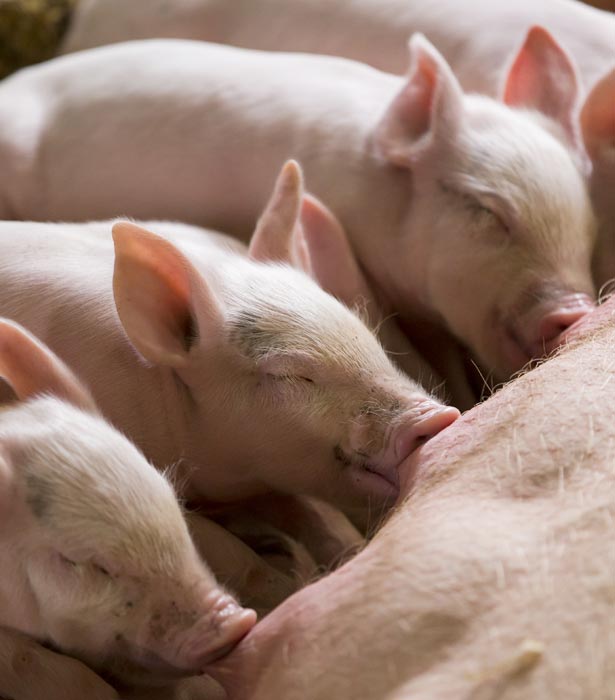
Macroeconomic
Conditions
Australian biosecurity protocols require all imported pig meat to be processed5. Following recent international outbreaks of African swine fever (ASF) additional measures were put in place to reduce the risk of introducing ASF to Australia4. The virus is very hardy and can survive in dried or cured pork products72, 48.
Outbreaks of ASF have now occurred in all Chinese provinces. Culling and the rapid depletion of China’s sow herd due to ASF, has resulted in an evolving protein supply gap (estimated to be close to 8.2 million tonnes needed in 2019), which will impact on global meat markets39. While pork and poultry will be the proteins of choice to fill the supply gap, the additional demand will likely have flow-on effects across proteins and boost the already strong beef and sheepmeat markets108.
Tariffs on Australian pork were eliminated on 1 January 2019 under the ChAFTA45. However, given the high proportion of small and medium sized producers, and the rigorous regulatory process and cost to export, it is unlikely Australian pork producers will look to fill the protein hole left by ASF. A minor player by world standards, the Australian pork industry struggles to reliably deliver the quantities expected by major importers30.

